The Android ecosystem is entering a transformative era with the upcoming Android 17 release, set to change how we interact with third-party app stores. Google has unveiled early previews of what it is calling "Registered App Stores," a streamlined system that could reshape app distribution across Android devices. This is not another incremental update. It is a direct result of Google's settlement with Epic Games, which forces the platform open in new ways.
For years, installing alternative app stores on Android has felt like an obstacle course of warning screens and technical hurdles. That is about to shift. The new system removes many of the friction points that made third-party stores feel like second-class citizens, with mockups now available showing the streamlined installation process. Combined with regulatory pressure, this creates real opportunities for developers and users, as alternative stores have been steadily gaining traction and proving there is demand beyond traditional channels.
What exactly are "Registered App Stores"?
Think of Google's new certification system as a quality stamp for third-party app stores. A "Registered App Store" is essentially a third-party marketplace that Google has officially certified as legitimate, a clear shift from the current free-for-all approach to alternative app distribution. Certification is the key that unlocks the streamlined experience, and it answers the security concerns that justified Android's complex sideloading rituals.
Here is the headline perk, certified stores get Android's new "single store install screen," which eliminates the traditional multi-step installation process that has long frustrated users. Trust and security standards are established upfront, so Android can skip the usual warnings and manual permission toggles.
Most importantly, stores that receive this certification will automatically gain permission to install other apps. That removes one of the biggest barriers that made alternative stores feel cumbersome and risky. In short, they move from workaround to real distribution channel, ready to compete on content and experience, not just installation gymnastics.
How the new installation process actually works
The change is obvious once you see the flow. When users visit a certified store's website and tap the download button, they get a streamlined installation screen that uses calm, neutral language. Tired of the ominous "unknown sources" pop-ups? Those are replaced with clear explanations, not scare tactics.
The interface states that the store is "registered with Android" and explains that installation grants the ability to "install and manage apps on your device" using plain, direct language. That shift, from warning to informed consent, will likely make more users comfortable trying alternatives.
Transparency stays front and center. The installation screen links to the platform's Terms of Service, Privacy Policy, Trust & Safety policies, and customer support, so important information is one tap away without adding speed bumps. After installation, users can keep browsing or launch the new store right away, a flow that feels natural instead of jarring.
Device manufacturers can't block the process
Another big shift, device makers will not be able to sabotage the experience. That fixes a long-running inconsistency across Android where the path to sideloading changed wildly from one brand to the next.
Right now, Samsung users might see Knox-based warnings, while OnePlus or Xiaomi owners face different prompts and hurdles. Some manufacturers have previously introduced additional warning screens that users must acknowledge before sideloading apps, screens that can feel more discouraging than protective.
The settlement text is explicit. Google will prohibit "the introduction of more burdensome Android installation flows for Registered App Stores" through contracts, device certification, or other means. That levels the field. Alternative stores can compete on app selection, design, and developer support, not on who can survive arbitrary device-level barriers. The streamlined experience should work consistently across Android hardware.
Timeline and Epic Games implications
There is a runway, but not an endless one. Google could introduce these changes as early as the initial Android 17 release, but has until Android 17 QPR2 to fully implement the support, a window that extends through the end of 2026. That gives competing stores time to prepare certification applications and tune their platforms for the new rules.
Relations with Epic are changing too. Google will immediately reinstate Epic's developer account, ending the standoff that began when Epic tried to bypass Google payments in Fortnite. There is a trade-off that shows the delicate balance of this deal.
Here is the split path, Epic can list individual games like Fortnite on Google Play, but cannot list the Epic Games Store itself. So Epic gets the reach of Google Play for titles, while still running a competing store through the new registered system.
The tone of the public conversation changes as well. Epic now acknowledges that "Google and the Android platform are procompetitive and a model for app store/platform operations" and will make good faith efforts to advocate for that position. A full about-face from the old rhetoric, and a sign that platform openness at this level beat continued legal trench warfare.
What this means for the broader app ecosystem
These shifts land at a pivotal moment, as alternative app stores have been steadily gaining momentum and many developers want options beyond the Google Apple duopoly. Regulators are nudging too, the EU's Digital Markets Act has already forced Apple to allow third-party app stores on iOS, which makes both platforms feel more competitive.
For developers, the pitch is simple, diversify distribution without the usual headaches. Many alternative stores already offer better revenue splits than the standard 15%-30%, and with installation barriers lowered, they look far more attractive. The audience is not hypothetical either, platforms like Huawei AppGallery already boast over 580 million monthly active users.
Competition is not limited to making the old players easier to use. Google is also prohibited from maintaining exclusive revenue-sharing agreements that would limit other app stores, which opens space for new models. And with third-party stores able to operate freely until 2032 without download charges, expect experimentation in discovery, distribution, and monetization, from niche vertical shops to regional specialists.
The road ahead for Android app distribution
Looking forward, Android 17's registered app store system could reset how mobile app distribution works. Streamlined installation, restrictions on manufacturer roadblocks, and protections for competition create conditions where alternative stores can finally compete head to head.
Success hinges on speed. The stores that secure certification early and translate the smoother install flow into growth will set the pace. The field is already more varied than it seems, with established options like Samsung Galaxy Store on Samsung devices and regional players building strong local bases. They will need a pitch that is more than "easier installation."
For users, the payoff should be more choice, better deals, and access to apps that may not appear in traditional stores. The ripple effects could spark new categories of distribution, specialized gaming hubs, enterprise-focused catalogs, privacy-first marketplaces, or region-specific platforms that elevate local developers. I expect the winners will be the teams that invest in trust, curation, and relationships, not those that rely on lock-in or scare screens.





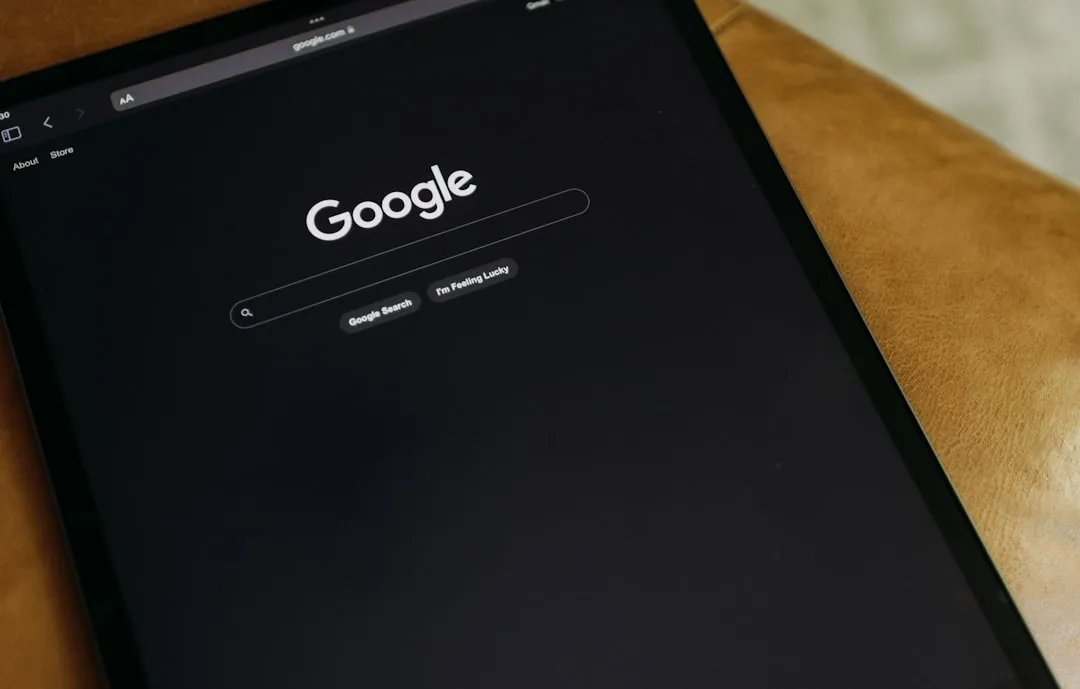
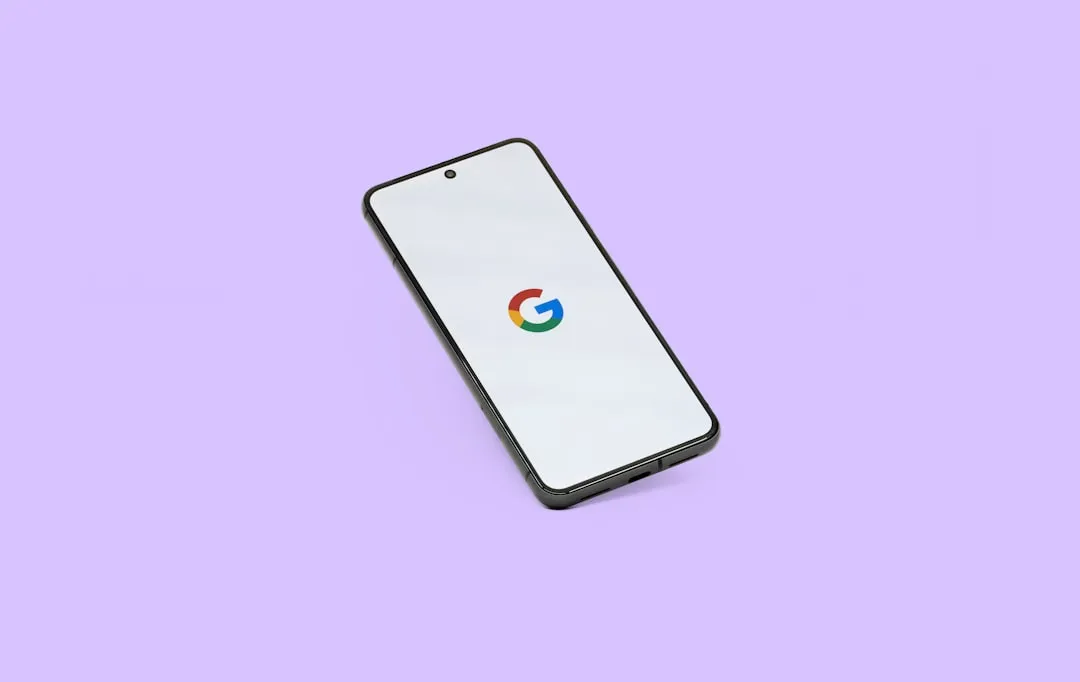


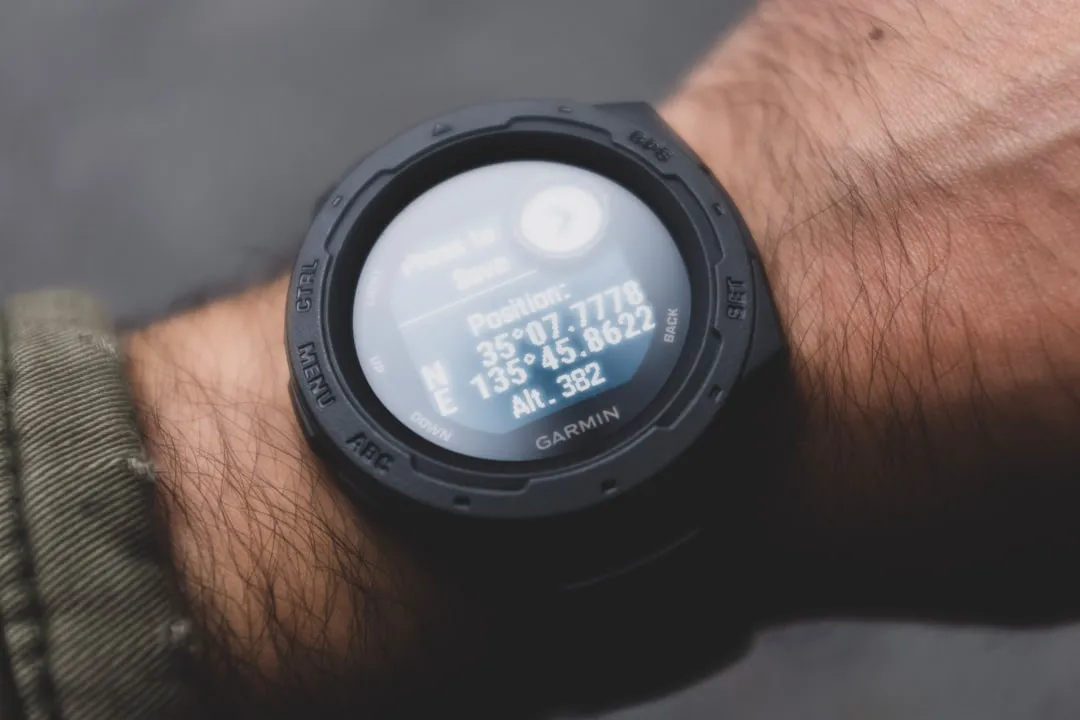
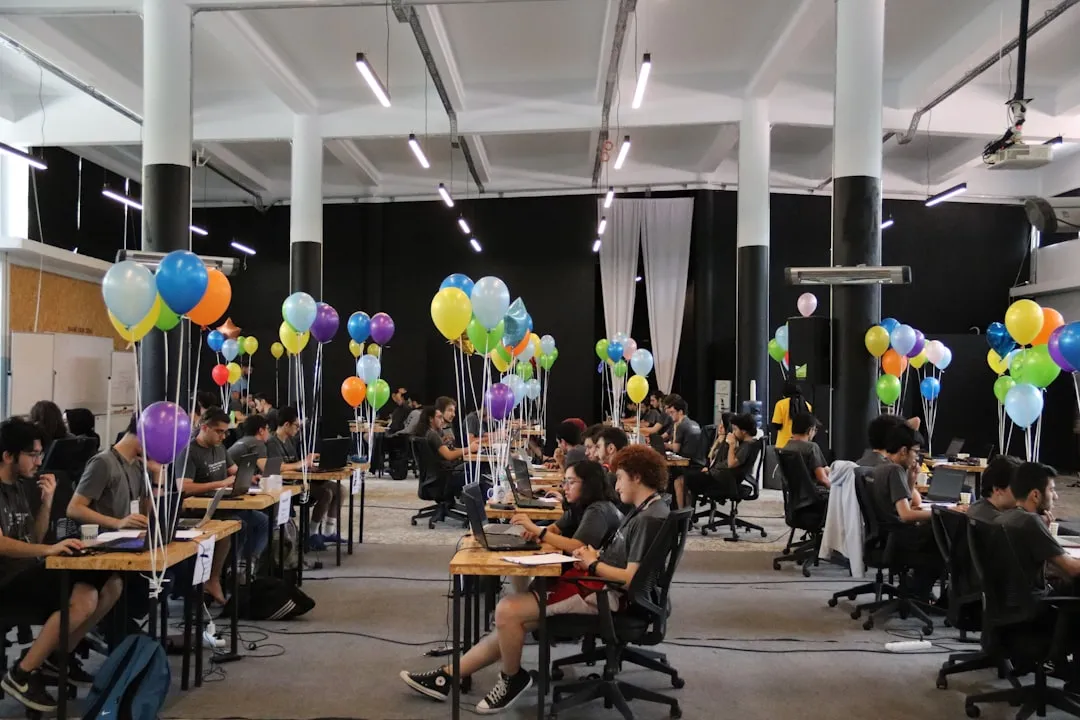
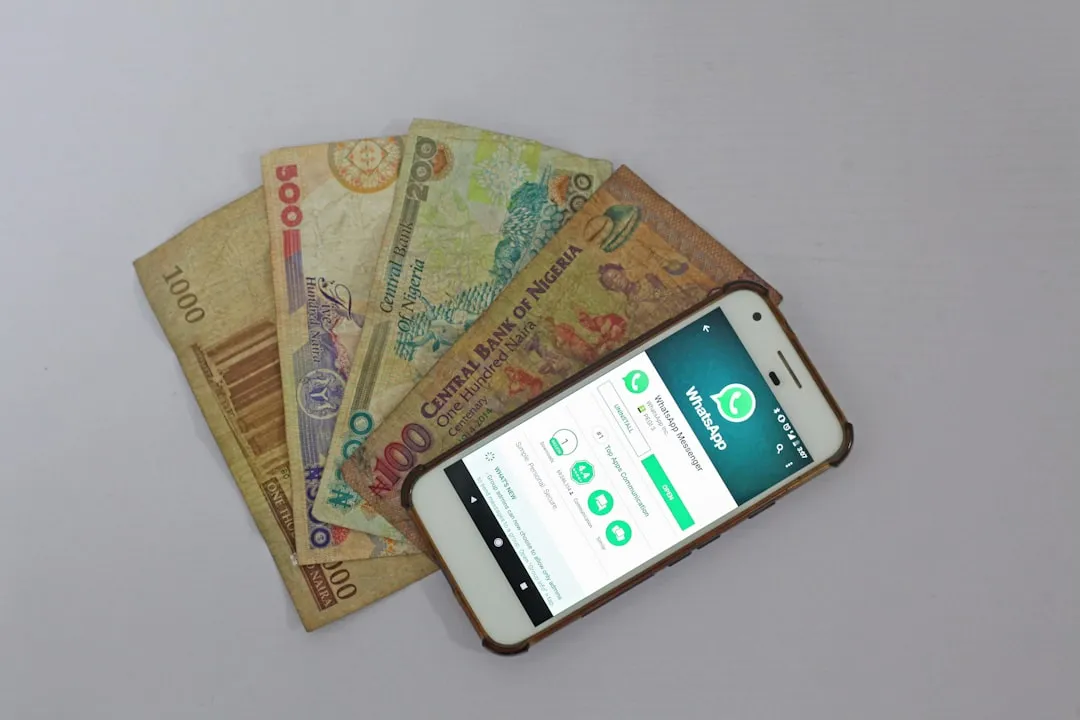
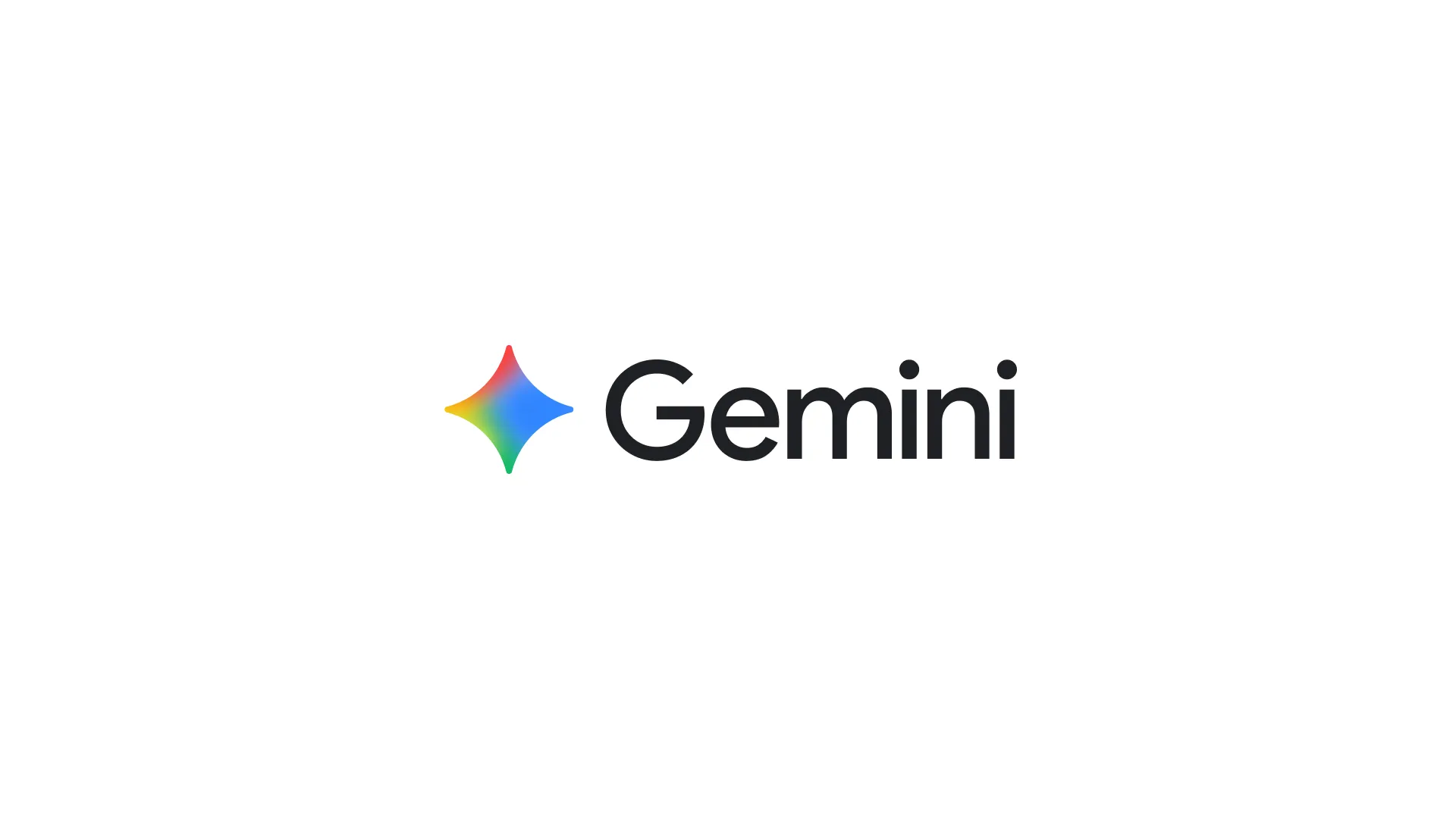




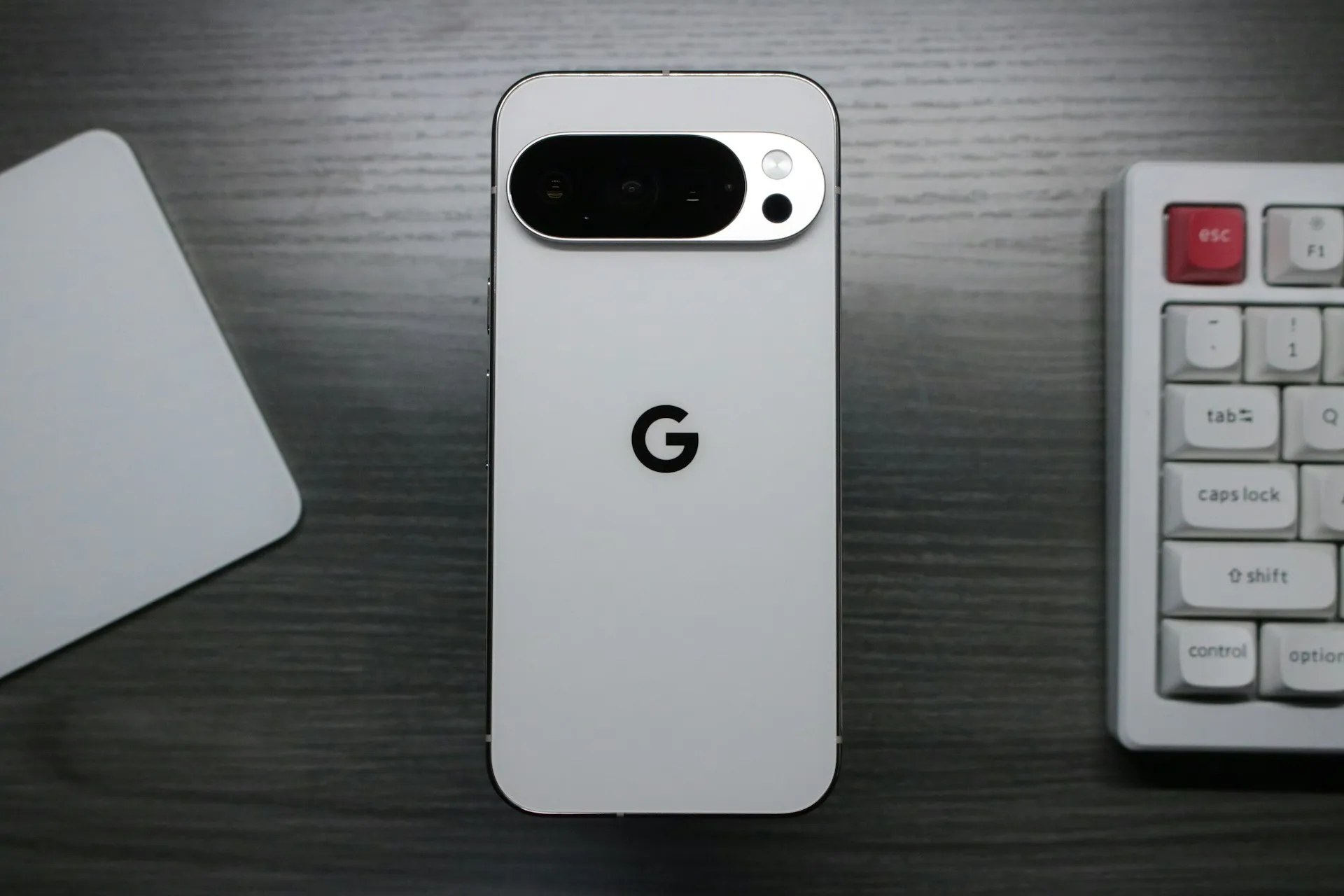
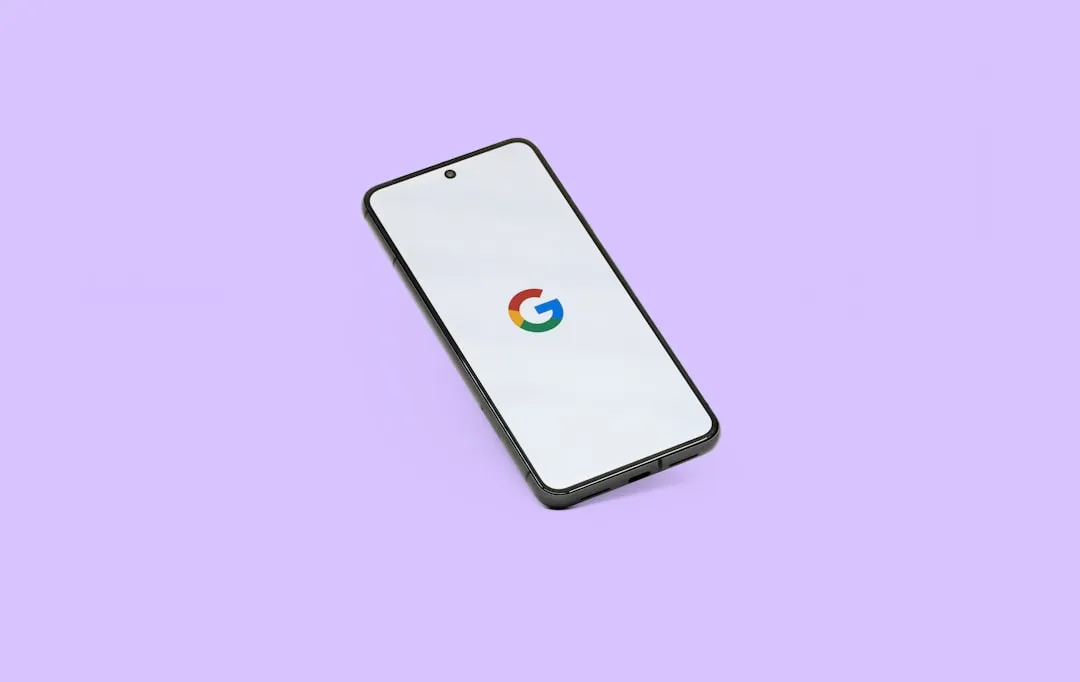

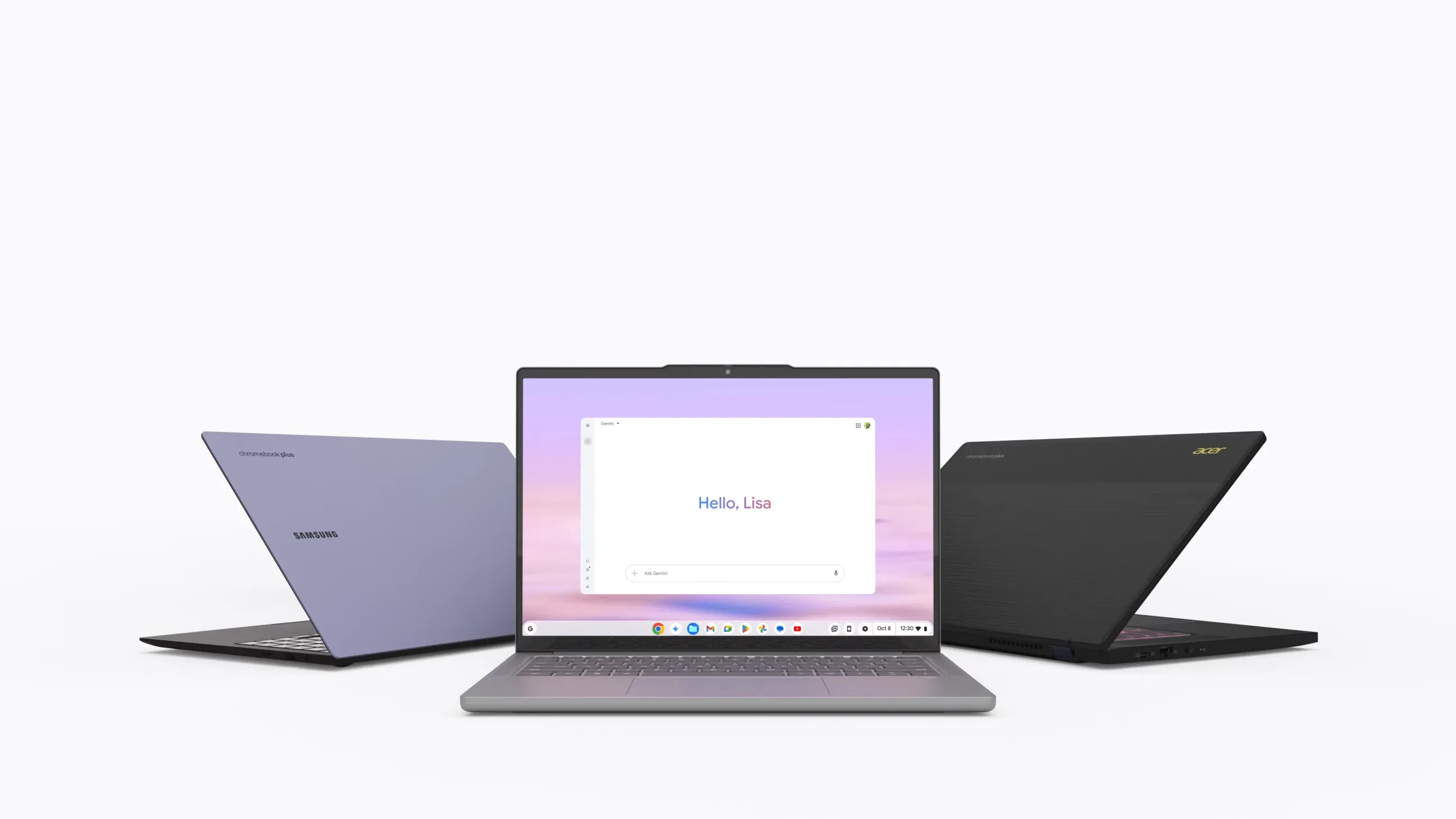

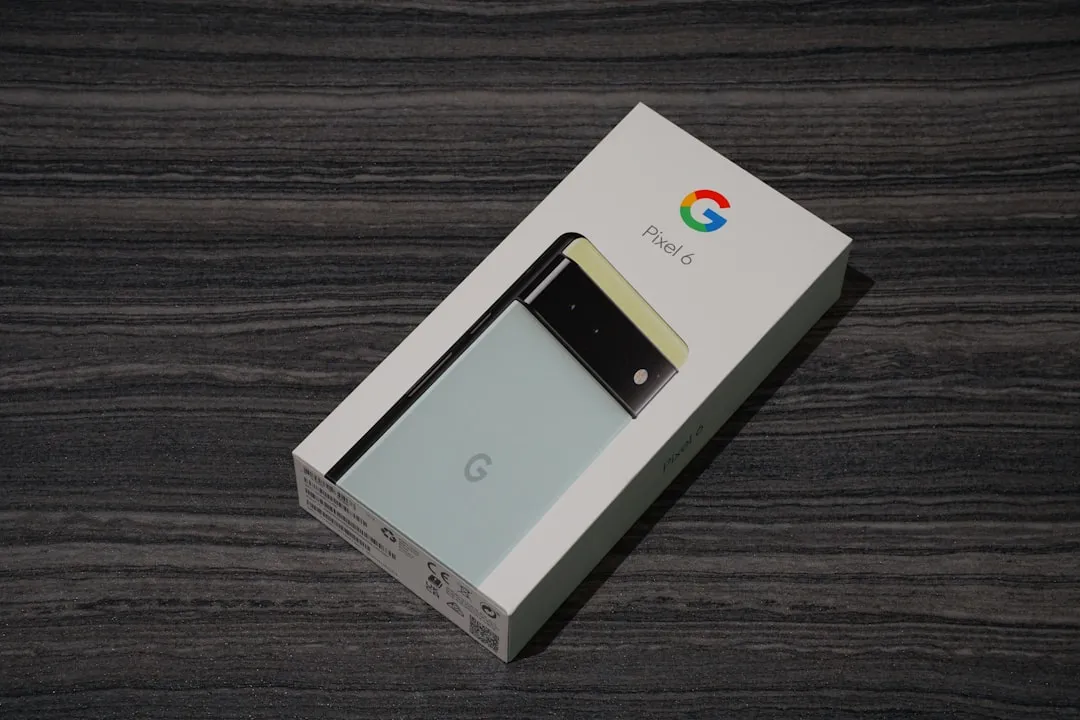
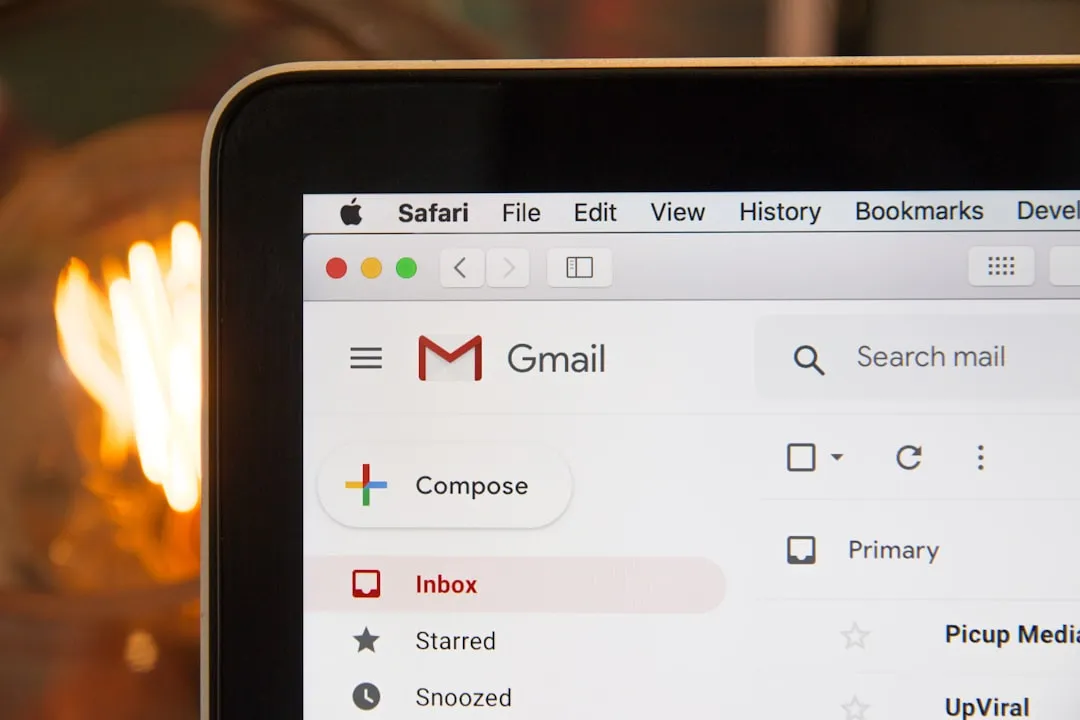
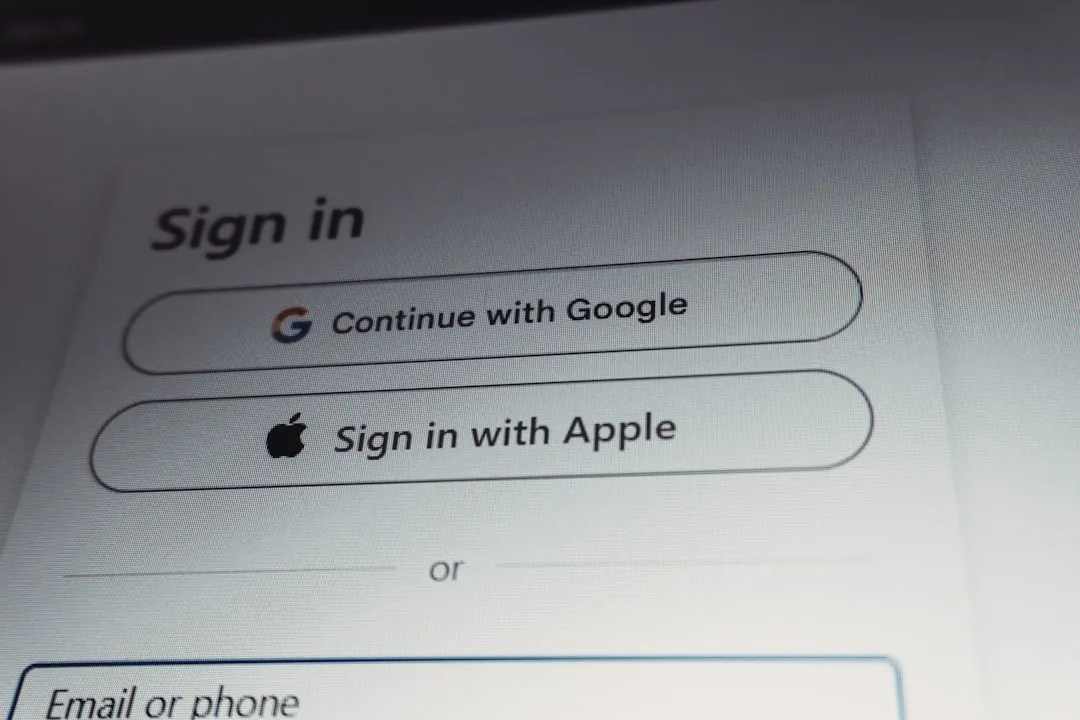
Comments
Be the first, drop a comment!